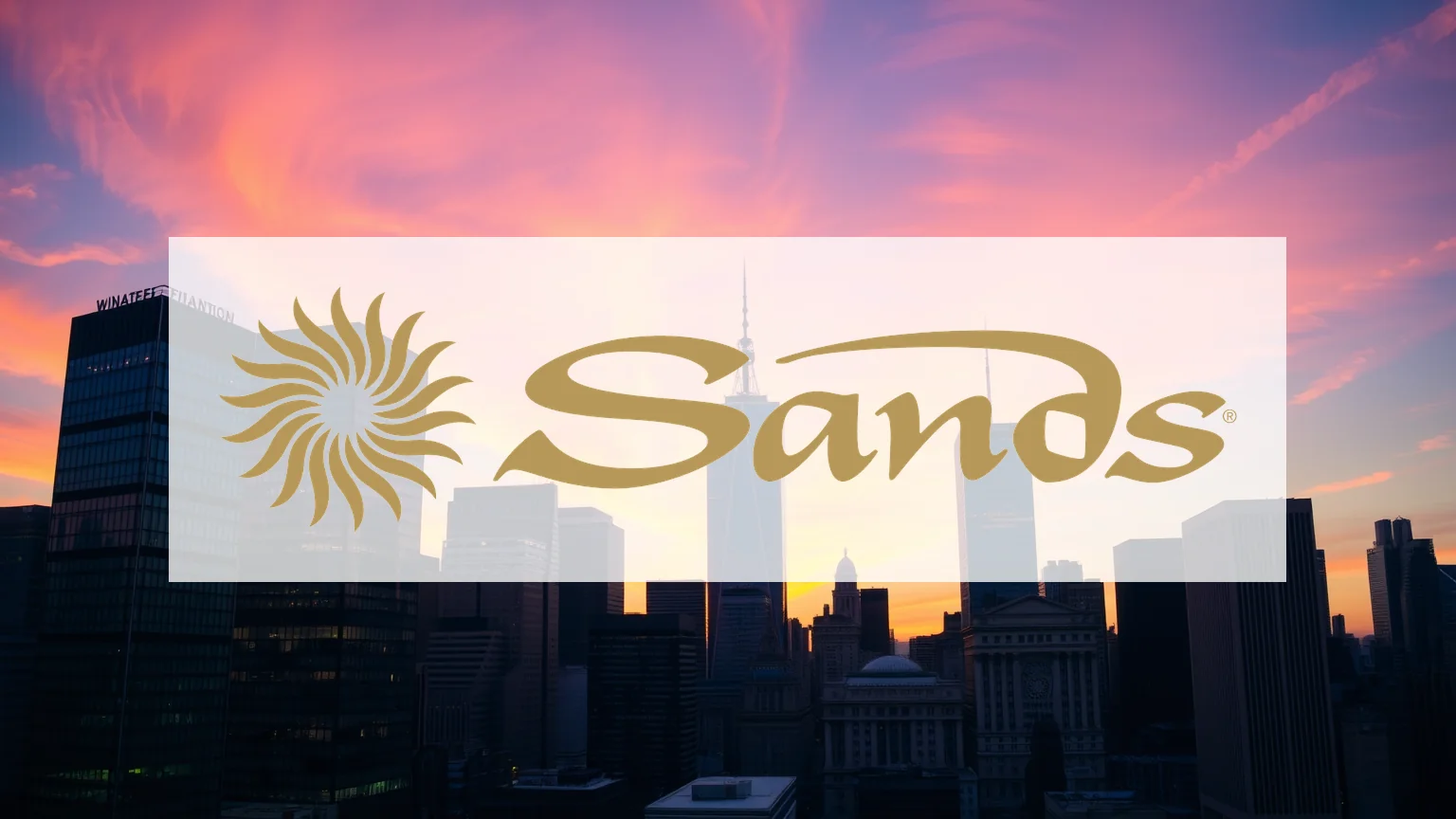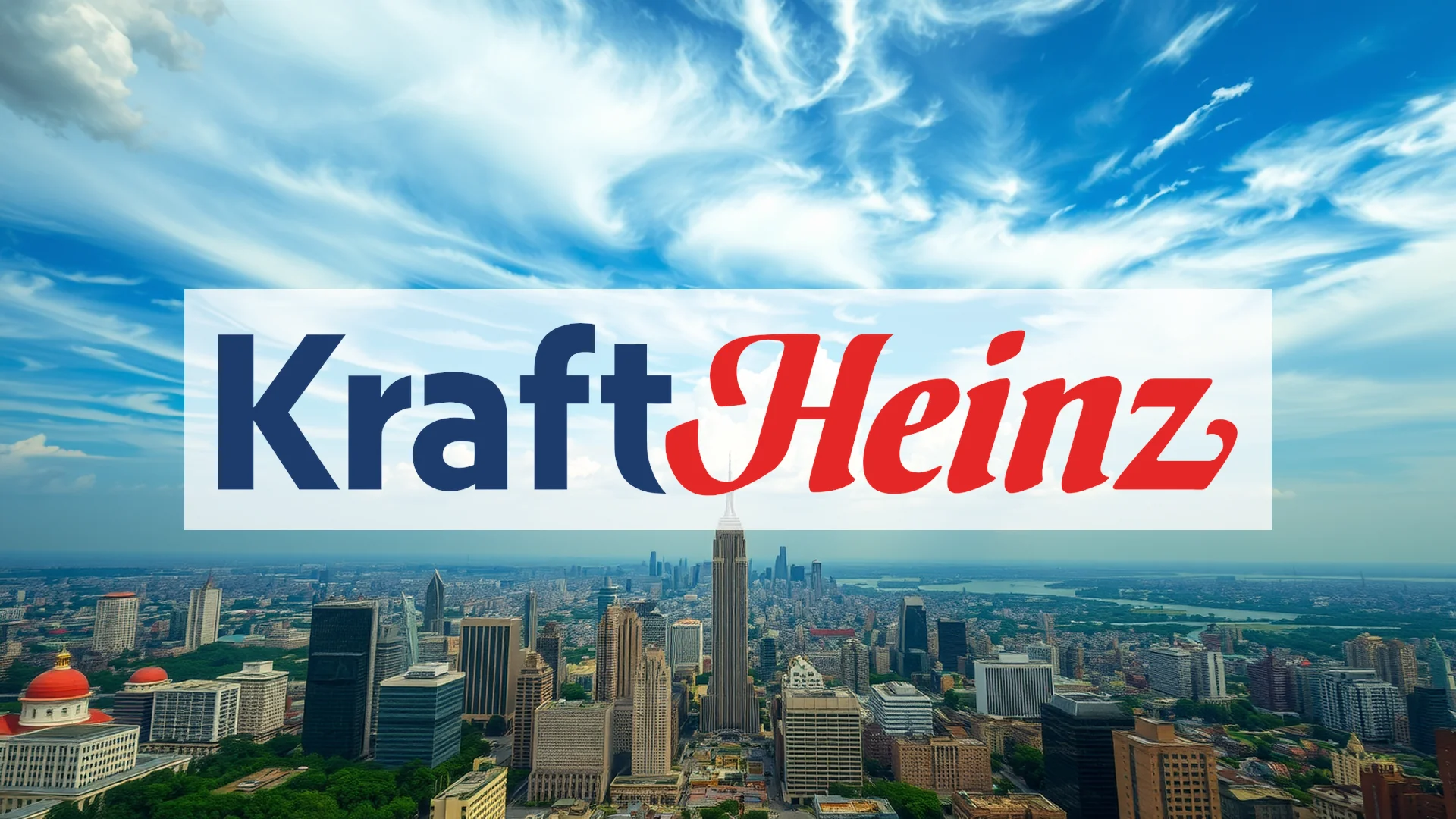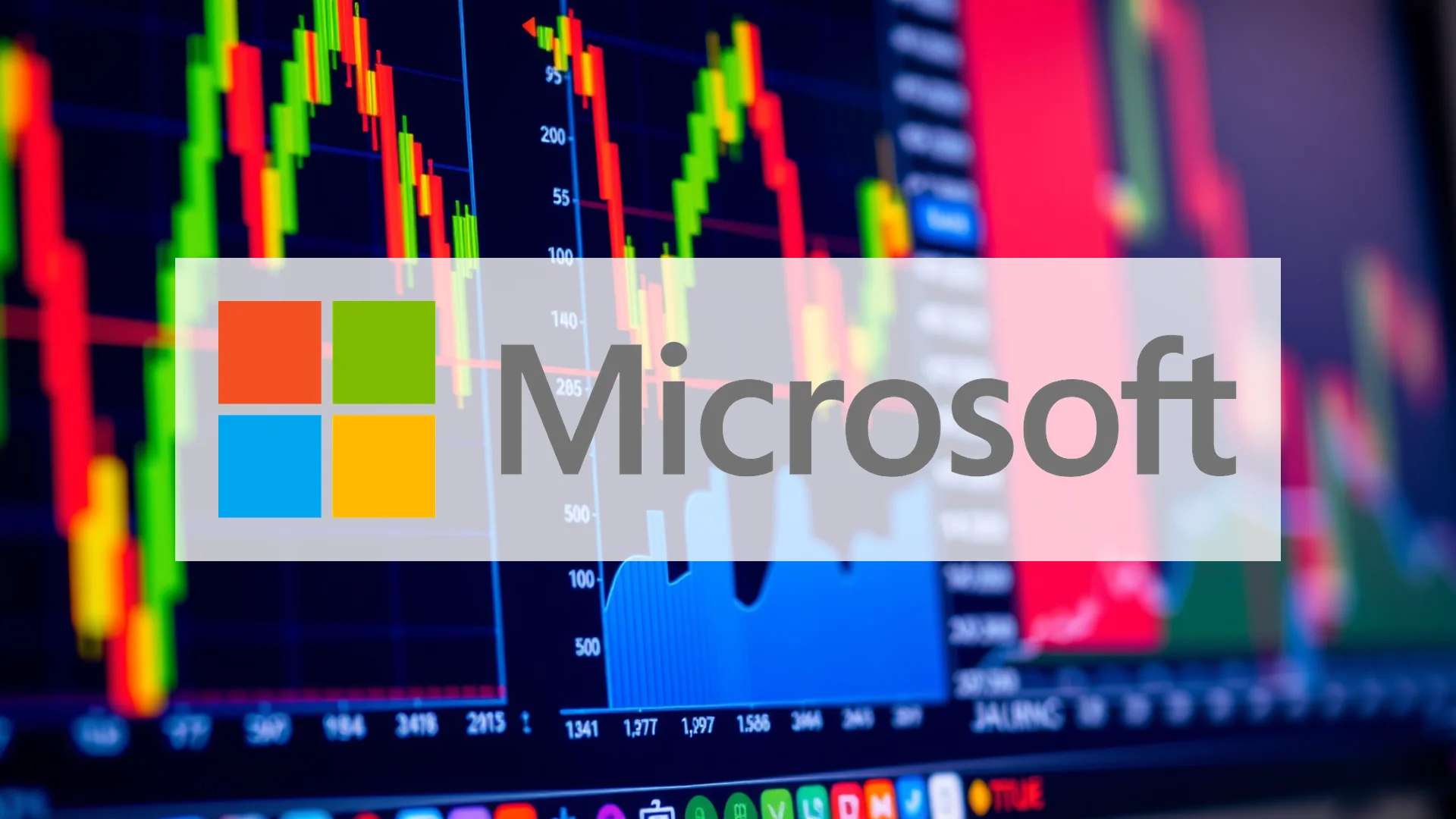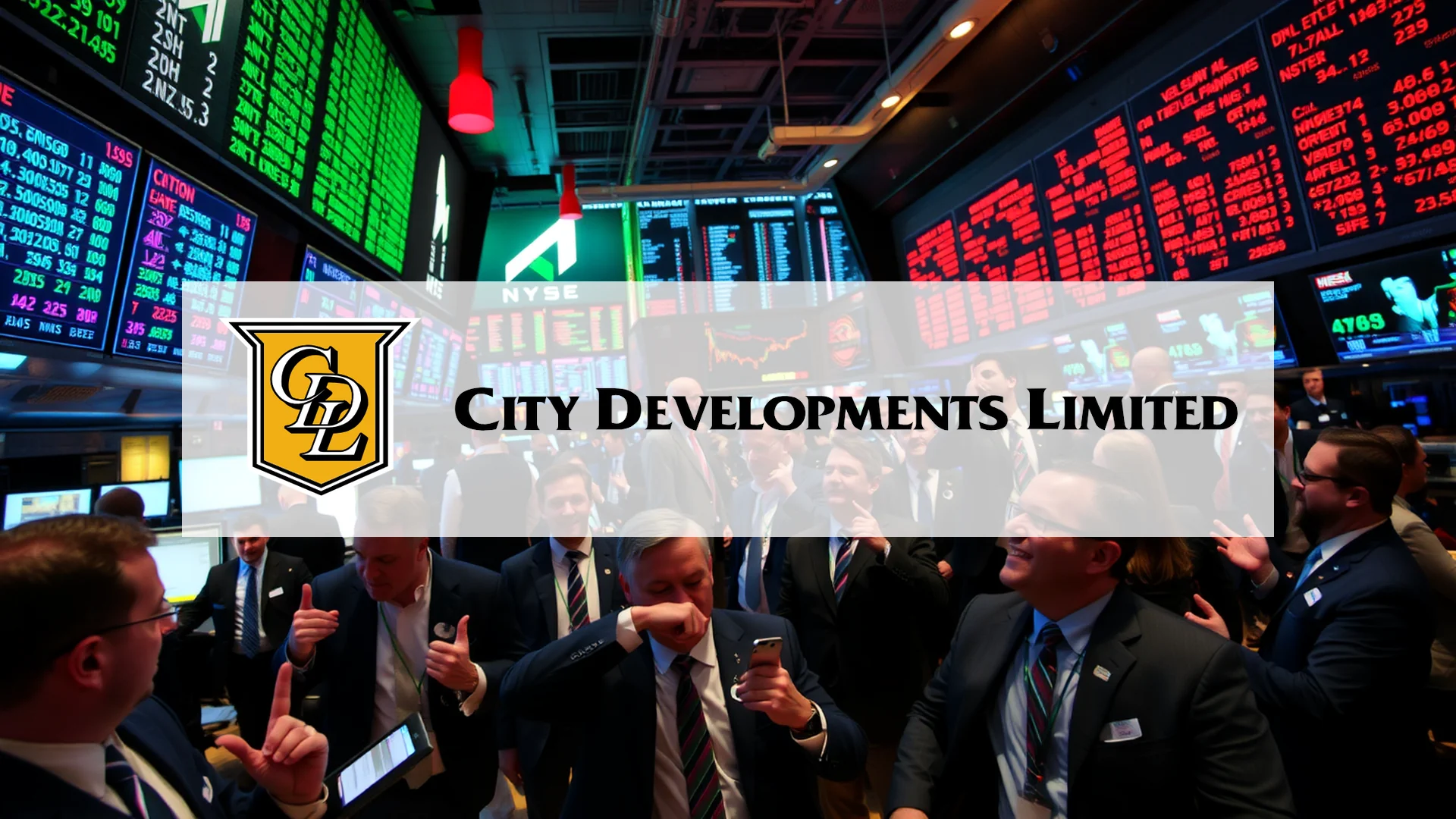The Las Vegas-based casino operator is demonstrating significant strength in its Asian markets. While its Macao operations continue to face challenges, the company’s flagship Singapore property is delivering unprecedented results. The question for investors is whether these robust quarterly figures can offset concerns about substantial corporate debt and ongoing market skepticism.
Singapore Property Emerges as Financial Powerhouse
Las Vegas Sands reported second-quarter 2025 financial results that substantially exceeded market expectations. The company posted adjusted earnings per share of $0.79, representing a significant 43.6% beat over analyst projections. Net revenues climbed 15% year-over-year to reach $3.18 billion, also surpassing forecasts.
The Marina Bay Sands in Singapore emerged as the clear standout performer, with revenue surging from $1.02 billion to $1.39 billion compared to the same quarter last year. This impressive growth stemmed from multiple operational improvements:
- Enhanced gaming performance across casino floors
- Higher hotel occupancy rates throughout the quarter
- Optimized food and beverage offerings
- New suite accommodations and upgraded guest services
Macao Operations Present Mixed Results
The company’s Macao portfolio delivered uneven results amid the Singapore success. The Londoner Macao demonstrated strong performance with revenue jumping from $444 million to $642 million. However, other properties including The Parisian Macao and The Plaza Macao experienced declines in both gaming and non-gaming revenue streams.
Strategic Investments Amid Substantial Debt Load
Las Vegas Sands continues to pursue an aggressive capital investment strategy across both Asian markets. The company allocated $286 million toward tourism infrastructure projects in the last quarter alone, focusing on long-term growth initiatives.
Should investors sell immediately? Or is it worth buying Las Vegas Sands?
These expansion efforts come with financial considerations. While the company generated solid operating cash flows of $3.45 billion, it simultaneously carries a substantial debt burden of $15.68 billion. Managing this balance between growth investments and debt obligations remains a critical challenge for executive leadership.
Investor Sentiment Reflects Cautious Outlook
Market participants appear divided on the company’s prospects. Institutional investors have maintained a cautious stance with a block inflow ratio of 47.62%, while retail investors show more optimism at 52.36%.
Analyst perspectives remain mixed, though the below-average short interest of 4.19% (compared to the sector average of 5.82%) suggests that bearish sentiment may be less pronounced than among comparable gaming companies.
The coming quarters will reveal whether Las Vegas Sands can maintain its upward trajectory despite Macao’s challenges and its considerable financial leverage, determining if current market optimism is indeed warranted.
Ad
Las Vegas Sands Stock: Buy or Sell?! New Las Vegas Sands Analysis from November 24 delivers the answer:
The latest Las Vegas Sands figures speak for themselves: Urgent action needed for Las Vegas Sands investors. Is it worth buying or should you sell? Find out what to do now in the current free analysis from November 24.
Las Vegas Sands: Buy or sell? Read more here...













